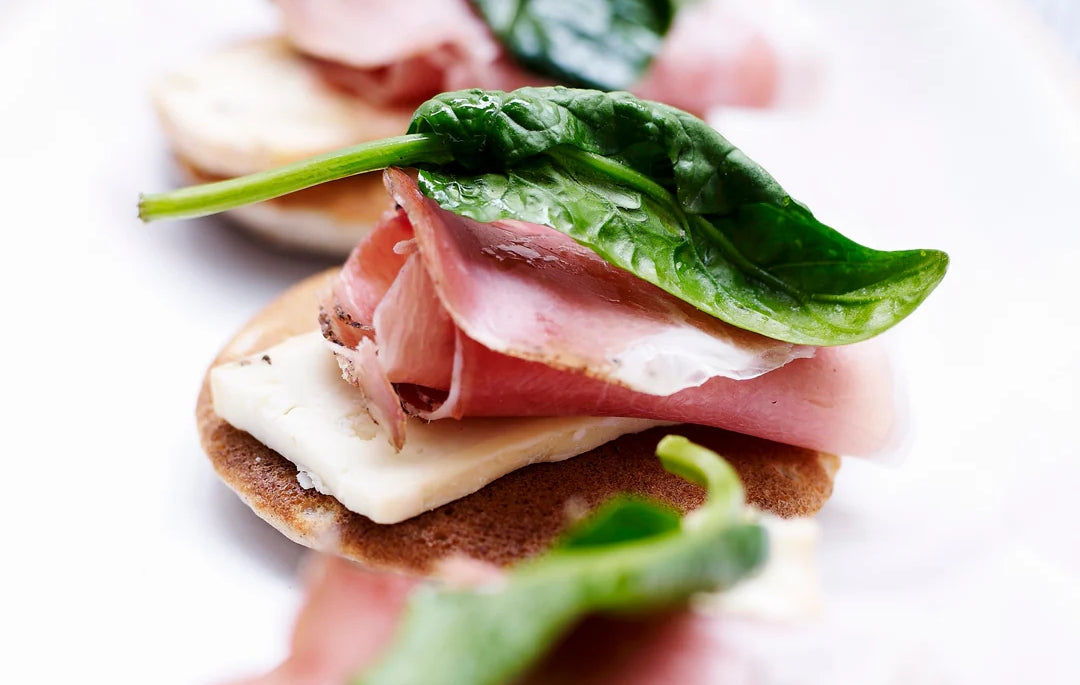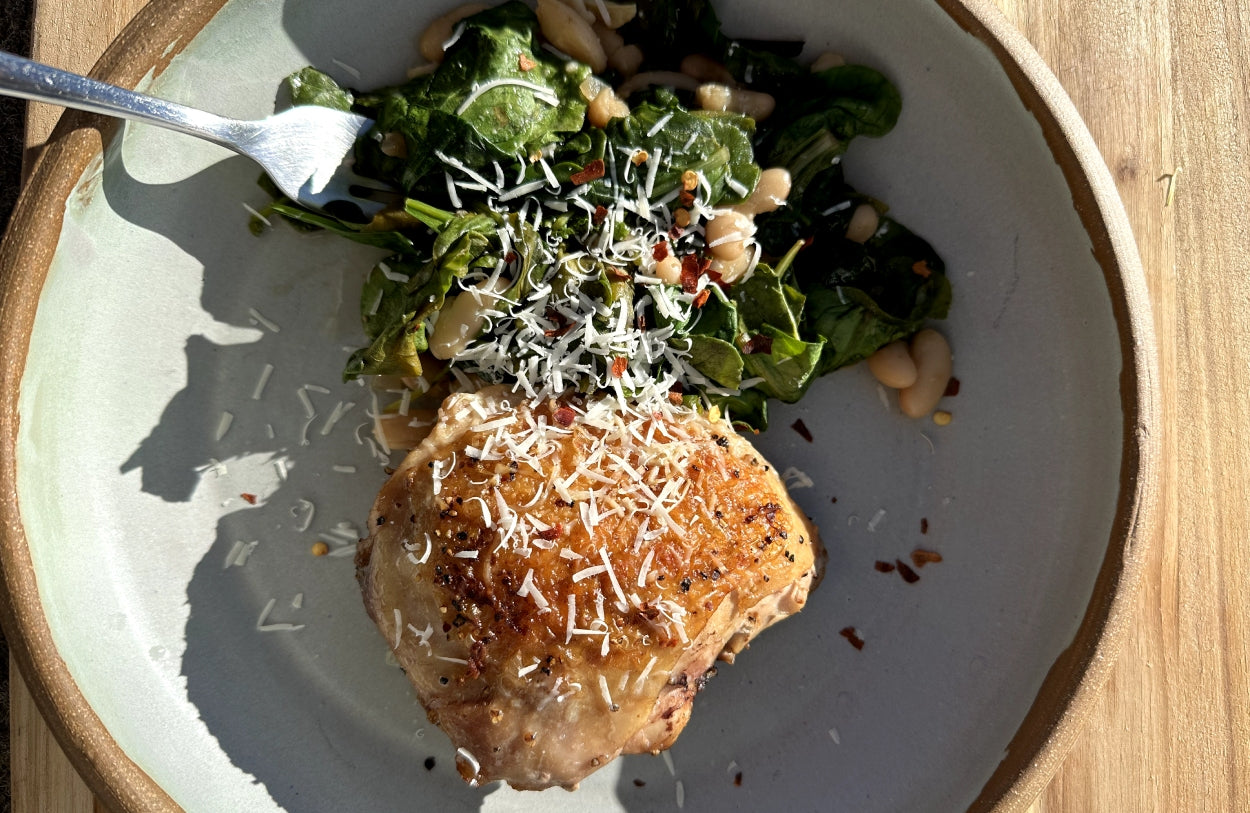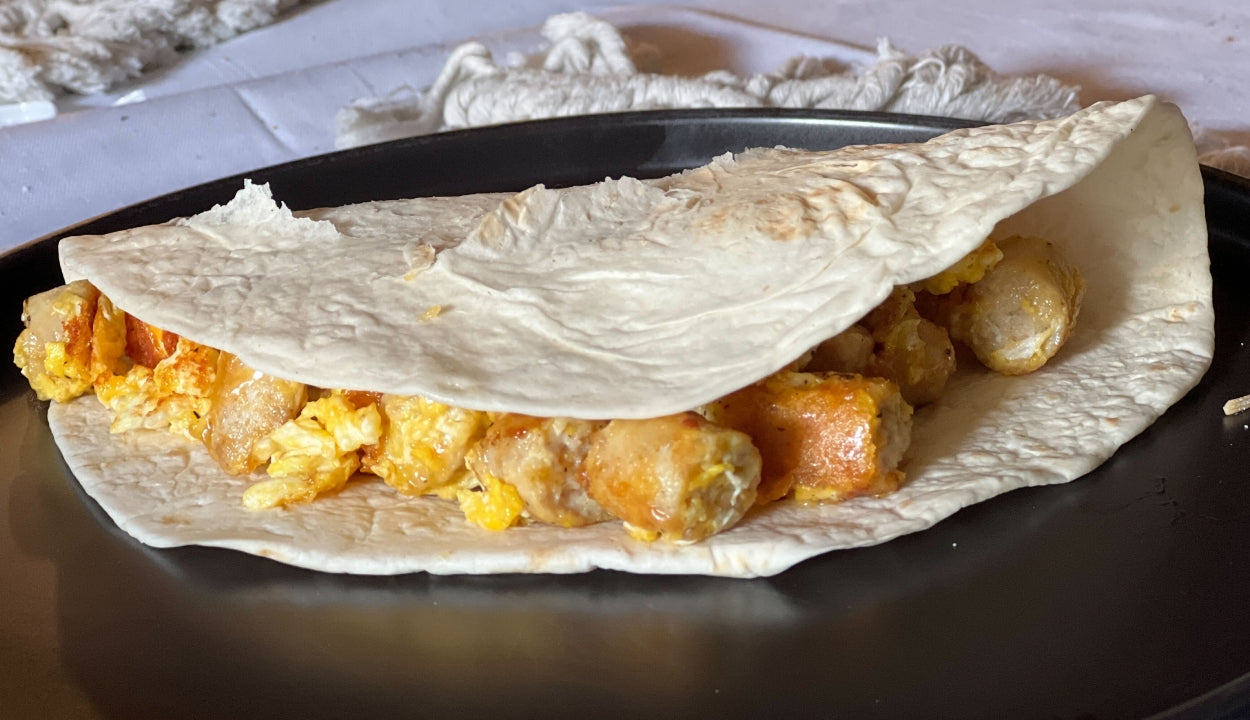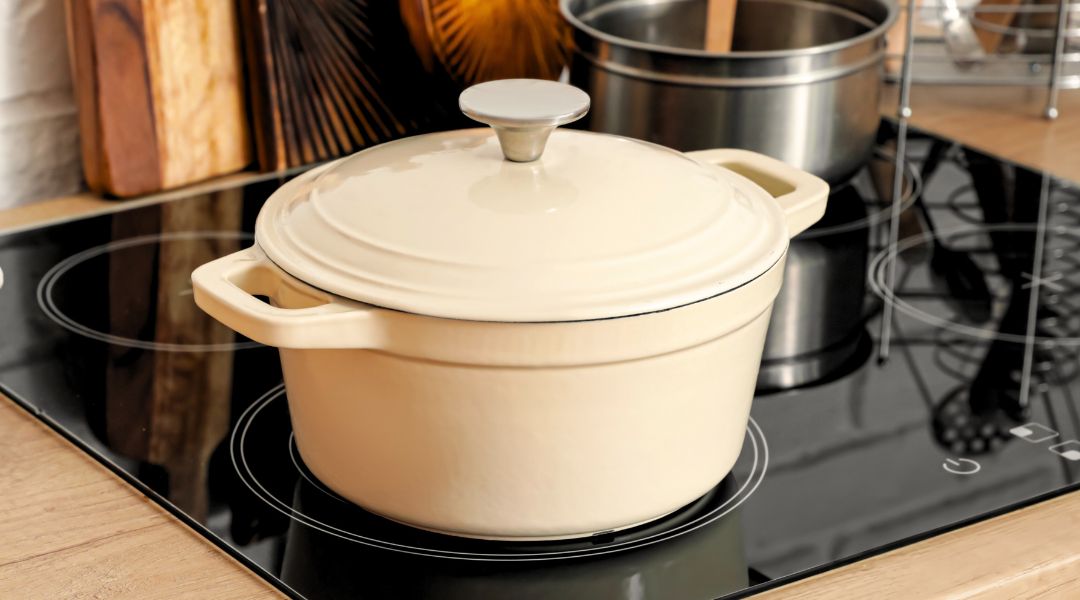The Art of Charcuterie: Understanding The Craft of Cured Hams

From as far back as the Egyptians, Greeks, and Romans, curing techniques for hams have been passed down from generation to generation.
Whether salting, smoking, or air-drying, the art of charcuterie remains a popular choice when hosting guests, throwing together a quick picnic-style lunch, or filling up the snack bag for weekend adventures.
But how exactly is cured meat made?
After our historical exploration of why we eat ham, the meat-curing experts on our team are pulling back the curtain to show you what charcuterie hams craftsmanship really looks like.
You’re about to learn the basic steps of curing meat, and also peek into our very own Grass Roots charcuterie ham process.

The basic steps of meat curing
To get the ideal flavor and texture while safely preserving meat, the typical cured meat-making process follows these main steps:
1. Premium Meat Selection
Charcuterie is often considered to be a gourmet or ‘special occasion’ item, which is why people who buy charcuterie ham for their home kitchen tend to expect artisanal quality.
One of the best ways to determine pork quality is to ask questions about how the animal was raised. Hogs should be raised outside with access to forested acreage they can root and wallow in, as their instincts tell them to.
Terms like ‘pasture-raised’ and ‘pastured’ usually confirm that animals are allowed to live naturally in the great outdoors instead of being confined in tightly-packed barns that quickly become a breeding ground for disease – not to mention the poor quality of life those conditions create for the animals.
2. Trimming and Cleaning
After meat is harvested, excess fat and connective tissue are trimmed to achieve the meat producer’s desired fat-to-lean ratio.
Strict equipment sanitization protocols and meat hygiene practices should be the norm in every harvesting process, and any time meat is handled.
3. Seasoning
While salt is a staple in every curing process, other spices are often included to create a distinct flavor profile for individual types of cured meat.
In addition to the flavor benefits, this seasoning step also starts the natural preservation process by drawing out moisture from the meat.
4. Curing
Next, it’s curing time. There are two options to choose from:
- Dry curing involves rubbing the meat with the salt mixture in the seasoning step above, and then letting it rest and air-dry in a controlled environment with no disturbances.
- Brining, on the other hand, involves submerging meat in a saltwater solution. If brining, it’s essential that meat isn’t left in salty water for too long. Overdoing it will lead to an unpleasant texture and an overly salty taste that no one will enjoy.
5. Aging
After curing, hams are aged for a period of time to help the natural flavors emerge and intensify. The aging process can be as short as a few weeks or as long as several years.
6. Drying
While this varies based on preference, many charcuterie hams undergo an additional drying process with the goal of concentrating the flavors even more deeply, and firming the meat. This step is what creates the dense texture cured hams are known for.
While these steps might seem straightforward enough, the art of cured ham production requires meticulous monitoring of temperature, humidity, equipment, and other environmental factors to ensure food safety and a high-quality end result. Simply put, curing meat can be quite a complicated business!
So if you want to spare yourself all that time and effort, and instead turn to an experienced and reputable charcuterie producer, we don’t blame you one bit.

Our Grass Roots charcuterie ham process
1. Regenerative farming
Crafting delicious charcuterie requires quality meat as the starting point. How animals are raised (healthy diet, safe handling and hygienic living conditions, sustainable land management, etc) directly impacts the quality and flavor of the meat that winds up on your plate.
Grass Roots is a farmer-owned operation, with every farm in our co-operative relying on gold standard regenerative agriculture practices. Learn more about our farms.

2. Humane harvesting
Thoughtfully raising, handling, and harvesting animals in small batches is the only way to eat meat, in our opinion. We invest great time and effort into maintaining humane handling policies, as well as ethical harvesting protocols that make the process safe for farm workers and as painless and stress-free as possible for animals.
3. Brining & Curing
After harvesting, our sugar-free charcuterie hams are hand cut to size and trimmed. Next comes the application of our proprietary brine, which contains sea salt, cultured celery powder, spices, and vinegar powder. The brining step adds rich flavor and helps to tenderize the meat.
Next, hams rest for 24 - 48 hours to allow the brine to fully absorb into the protein fibers. This rest period is also when the curing process occurs.
Unlike many conventional producers, we never cure meat with sugar or artificial preservatives. Grass Roots hams contain no synthetic nitrates, no nitrites, and no added sugar. Ever.
4. Smoked low & slow
Finally, hams are smoked low and slow over real hickory wood for 4 - 6 hours. This further supports the tenderization process, and also gives each succulent ham a slightly smoky aroma.
After a cooldown process, hams head to packaging, which gets us one step closer to our favorite step of all… Eating!
Add our sugar-free charcuterie ham to your next charcuterie board and watch the rave reviews roll in.
Recent Posts






